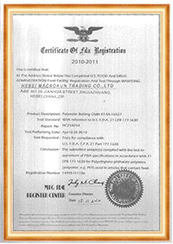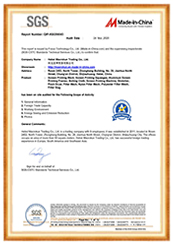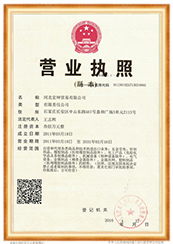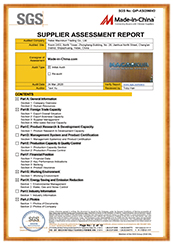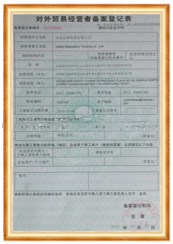When pressing flower rosin, one of the most crucial factors that determines the quality and yield of your rosin is the size of the micron bag used. Whether you are new to the world of rosin pressing or an experienced enthusiast, selecting the right micron bag can make all the difference in your final product. This article will guide you through the process of choosing the best micron size for pressing flower rosin and how it affects the extraction.
Micron bags are essentially filter bags made from nylon mesh, with each bag having a specific mesh size measured in microns. The “micron” refers to the size of the holes in the mesh—essentially, the smaller the micron number, the finer the filter. For pressing flower rosin, the range of micron bags typically falls between 90 and 160 microns.
Smaller micron bags (with lower numbers) provide better filtration, keeping more plant material out of your rosin, which improves quality but may reduce yield. On the other hand, larger micron bags allow more material through, which can increase yield but may compromise the purity of your final product.
The relationship between yield and quality is directly tied to the micron size you choose. Larger micron bags will produce more rosin but could compromise its purity by allowing more plant material to pass through. Conversely, smaller micron bags filter out more contaminants, resulting in cleaner, purer rosin but at the cost of reduced yields.
Additionally, using the wrong size micron bag can lead to blowouts, where the material bursts through the bag under pressure, contaminating your rosin with unwanted plant material. Blowouts are more likely to happen when using higher pressure and larger bags, so using the right combination of bag size and pressure is key to preventing this.
Once you’ve selected the appropriate micron size for your flower, it’s time to press. Here are some basic steps to ensure success during the extraction process:
It’s important to note that different strains of cannabis flowers may yield better results with different micron sizes. For instance, indica-dominant strains or strains with high resin production may perform better with a 90-115 micron bag, whereas lower-yielding or sativa strains may benefit from the higher yields offered by a 160-micron bag.
It’s always a good idea to experiment with a few different micron sizes for each strain you press. This will help you determine which size produces the best balance of quality and yield for your specific material.
The key to finding the best micron size for pressing flower rosin lies in understanding your priorities—whether you’re aiming for the highest quality, the maximum yield, or a balance of both. For most users, 90 to 115 micron bags provide the best results for flower rosin, ensuring high-quality output while maintaining decent yields. For those who are more focused on yield, a 160-micron bag may offer the best solution.
Ultimately, pressing flower rosin is a craft that involves some trial and error. Experimenting with different micron sizes, temperatures, and strains will allow you to optimize your results and produce the perfect rosin for your personal needs.
Pre: The Ultimate Guide to Choosing the Best Micron Bags for Rosin Pressing
Next: Pleated Filter Cartridges: A Game-Changer for Industrial Filtration Needs

MACROKUN has established long-term and stable cooperative relations with many transportation companies such as China Post, DHL, FEDEX, USPS, UPS, etc. Of course, MACROKUN can also provide air and sea transportation. The powerful logistics system enables all MACROKUN'S Printing Mesh, Filter Mesh and Filter Bags and so on to be easily and efficiently transported to any place. For quotes and inquiries, please email our sales team.
